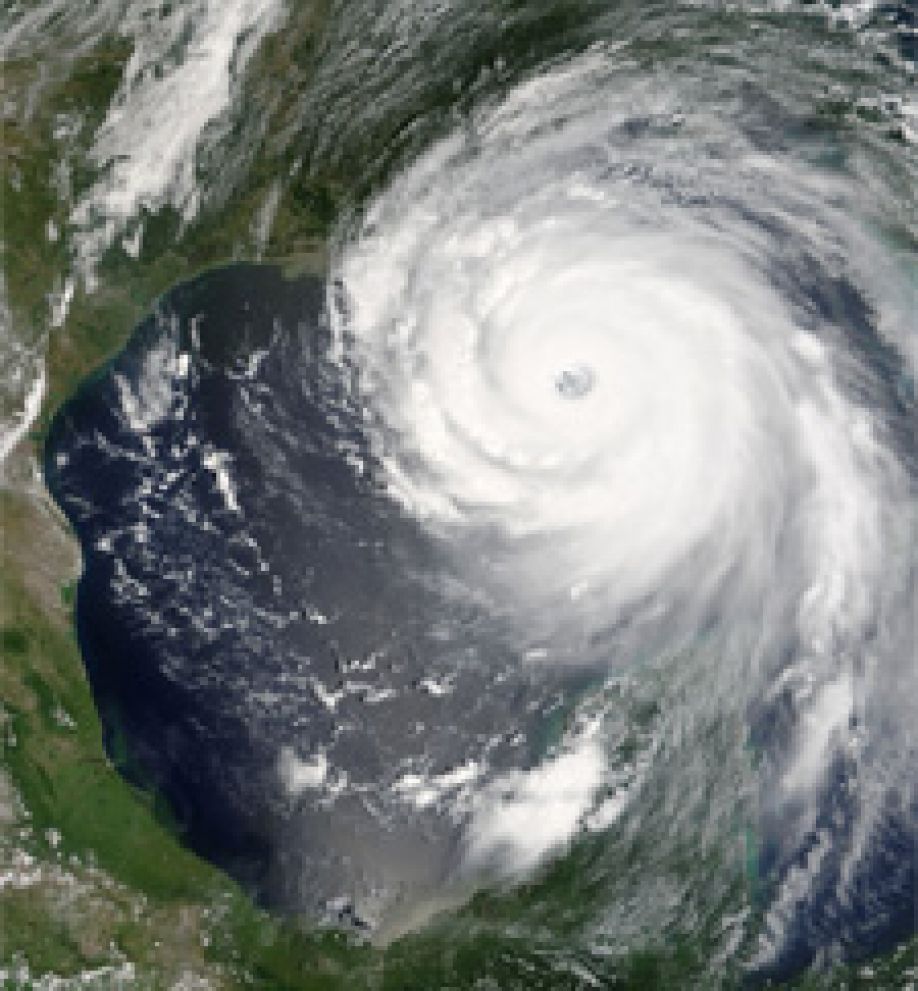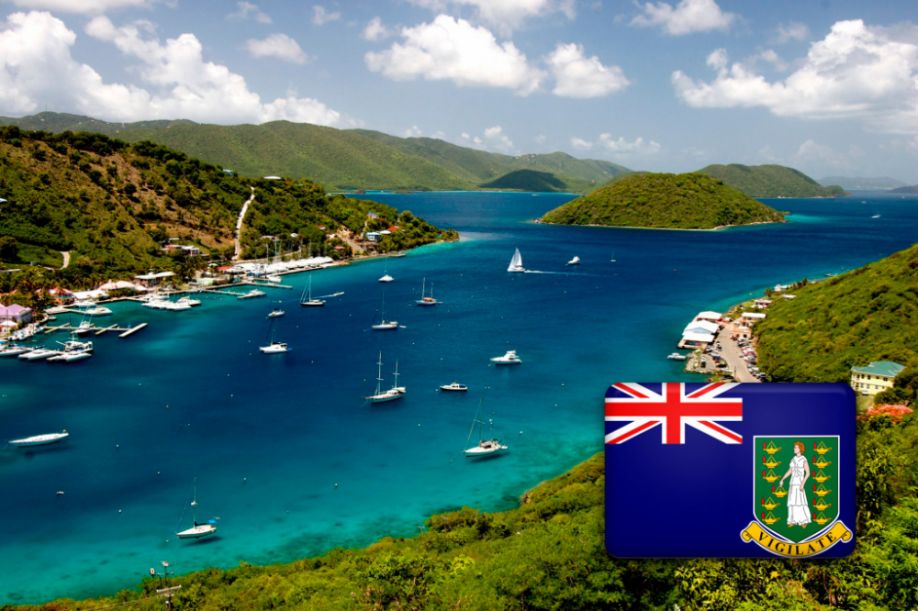Cat bonds came about from the need by insurance companies to mollify a portion of the risks that they would encounter i f a major catas t rophe occurred, which would create losses that they could not cover with just the premiums. When Hurricane Andrew struck the United States in 1992, insurers lost $17 billion, which led them to tap into capital markets as an alternative to traditional reinsurance.
Many people who investincatastrophe bonds are hedge fund managers, asset managers, mangers of catastrophe-oriented funds, banks, pension funds, or rich individuals. Cat bonds are typically structured as floatingrate bonds whose principal is lost if a natural event occurs. Catastrophe bonds are typically used for insurance as a different route to investing in traditional catastrophe reinsurance.
There are now many specialized catastrophe-oriented funds that play a large role in the sector, including Goldman Sacks Asset Management, Oppenheimer funds, PIMCO, Pioneer Investments, and Credit Suisse. Catastrophe bonds are rated by rating agencies such as Fitch Ratings, Standard & Poor and Mood . They are rated based on their probability of default due to a catastrophe triggering major losses. Most cat bonds are rated below investment grades (BB and B category ratings).
Every cat bond has its own triggering events, which are included in the bond offering documents. This paper work is only available to potential purchasers, because cat bonds do not follow the SEC registration and disclosure requirements. Keep in mind the question of whether a triggering event occurred, can be complex and end up being litigated in court. This could mean that there is additional uncertainty in the way these types of securities work. For example, there were property insurance lawsuits brought after 9/11 to determine whether the attacks on the World Trade Centers counted as either one or two occurrences.
Catastrophe bonds: They have their Pros and Cons
An article published on Opalesque, an online news outlet that offers information on hedge fund markets and alternative investments, said that insurance-linked securities as an asset-class has been offering good returns. According to the article, hedge funds investing in catastrophe bonds have been posting excellent profits with little volatility. The article said that the low volatility for a risky asset is one of the reasons why new investmentshave been flooding the market. 2011 was definitely a year of major losses in catastrophe bonds, however the year still saw most funds making positive returns. In the last few years, catastrophe bonds have experienced an average return of 7%. These types of bonds typically have companies that calculate the risk of a catastrophe happening in a certain area at a certain time. So investors who invest in a hedge fund that covers a coast of Georgia will earn lower returns, because a hurricane has never hit Georgia coast. Hedge funds focus on areas like Georgia that are typically considered to be safe with low volatility, which almost guarantees a yield.
Cat bonds can also provide great opportunities for investment portfolios, since these bonds categorizations have virtually no correlation with conventional bonds, equities, or the ups and downs of the market. Many investors, who were "burned" in the U.S. and Europe, have begun looking into alternatives to protect and grow their money. Cat bonds have been able to add diversification to investors portfolios and make new ways of generating money.
But the disadvantages that come with investing in catastrophe bonds are mind-boggling. Robert Muir-Wood, the chief scientist for R.M.S., a world leader in catastrophic modeling, told the New York Times a few years ago, "You are dealing with a physical process. There is no reason why Georgia has not been hit. Georgia has just been lucky." These words will catch the ears of many investors who have lost large sums of money. Although people, who have invested in catastrophe bonds that insure parts of Georgia, have not been as lucky have ones who covered parts of New Orleans or the southern coasts of Japan.
One money is never completely safe in catastrophe bonds. In fact, an investor money can be completely wiped out in one night. The massive earthquake that erupted in Japan in March 2011 led to direct losses in two major catastrophe bonds, and one fund that was worth over $300 billion went bankrupt. Gary Martucci, the director at Standard & Chartered Poor Insurance rating said, "There is ... the risk that if a cat event were large enough, there could be a strain on the claims paying ability of some reinsurers." Losing everything does not happen very often, but there are a few instances, such as Japan, where it has happened. The chances of having a whole cat bond principal paid out in one night are as likely as an earthquake taking down Miami, Florida.
Not just anybody can invest in catastrophe bonds. These bonds are only available to institutional investors. So individuals, even very wealthy people, are not able to directly buy catastrophe bonds. Typically large organizations, which have large sums of money, invest in catastrophe bonds.
Dr. Henri Louberge, a professor who has spent years publishing articles about catastrophe bonds, sums up the positives and negatives about investing drive for the jurisdiction to attract insurance-linked products that has seen the Cayman Insurance industry grow to include more than 700 captives collecting more than $11 billion in annual premiums.
A major player in the insurance market, Bermuda is also a major home for offshore catastrophe bonds with over $3 billion in listed cat bond and ILS securities on the Bermuda Stock Exchange. In a move likely to increase the attractiveness of the Bermuda insuranceindustry, the Bermuda Monetary Authority announced in late March that registration fees for Special Purpose Insurers (a designation introduced in 2009 for companies that assume insurance or reinsurance risks) would be halved $11,600 down to just $6,000 effective from the 1st April 2012.
Twenty three specia - purposeinsurers were formed in Bermuda during 2011, with the majority of these formations created specifically to issue catastrophe bonds or create sidecars, according to the Bermuda Monetary Authority. This is more than double the number formed during the same period in 2010.
"Bermuda has made significant inroads into the cat bond market," said Brad Adderley, Partner, Corporate & Commercial at Appleby in an official press release. "The reduction of fees will help the island continue to grow this business which will have a positive impact on the Bermuda economy."
Comparing the catastrophe bond markets in offshore rivals Cayman and Bermuda in an interview with CNS Business, Steve Britton, senior vice president with Horseshoe Services (Cayman) Limited, said that while Cayman acquired more total translations, Bermuda attracted more new business. "Of the 27 transactions in 2011 (totalling $4.3 billion), Cayman captured 13, Bermuda eight and Ireland six," he explained. "(However) of Bermuda eight transactions, all but one represented new sponsors, with one repeat cat bond sponsor choosing Bermuda. Conversely, of the 13 Cayman bonds, 12 were from repeat issuers, with only one new sponsor."
While the catastrophe bonds have grown rapidly, both on- and offshore since their inception in the mid-1990s, the Asian market remains in its infancy, poised to take off. Speaking during the third Insurance Linked Securities Summit in Hong Kong late last year. Jean-Michel Paul, Chief Executive Officer and Director of Acheron Capital, said the Asian market was likely to shift the global balance of catastrophe bonds. "
There will be aprogressive, simultaneous, development of an ILS investor base in Asia, and the issuance of regional specific risks bonds. This simultaneous growth will create a threshold of expertise which will jump start the Asian insurance industry not only in terms of diversification but also in terms of efficiency," Paul said. However, Paul highlighted that there is a need to establish a center of expertise and regulation in Asia that would kick-start its developing insurance securities market.
However, according to a few insurance companies that sell catastrophe bonds, Chinese investors may have difficulty finding access to these bonds in China due to the country strict regulatory provisions. Investors who are interested in investing in catastrophe must go overseas to find ways to invest in these bonds. The easiest way is to go to Hong Kong, since the country financial sector is liberalized and connected to many Western insurance and investing companies.
How to protect yourself.
If you do get access to cat bonds, there are many ways to protect yourself. Check your fund prospectus and statement of additional information (SAI) to ensure that your fund is authorized to invest in event-linked securities, and if so, how much. You can find this information under the headings of "Investment Policies" or "Investment Objectives." After you read these documents, consider if your fund manager has enough expertise and resources to evaluate the risks of these bonds and whether they are a sound investment. Does the fund manager have an educational background or work experience in the insurance industry that would allow him to understand the quantitative and methods used in creating computer models for these bonds? If not, does the fund manager use a third party consultant? Knowing exactly what you are investing in, and understanding the risk of the cat bond, is crucial in protecting yourself and making a smart choice.
Final Words.
Investing in catastrophe bonds is a unique way to diversify one portfolio, but the risks that come with them are significant and should be kept in mind. One can either make major profits from them, or one can also lose all their money in a single night. It all comes down to weather. Some people would argue that investing in cat bonds is gambling with the weather, which is just as complex and possibly more unpredictable than the locations of the market. Before a potential investors decides to invest in cat bonds, he or she should do research in the area the bond will cover. Important questions to ask are "Does the area have a history of being hit by large hurricanes, tornadoes, tsunami, or earthquakes?" "How much damage does a storm have to cause for me to lose my principal?" "Is the interest rate worth the possibility of me losing everything?" Take a look into cat bonds, many investors have either become rich or lost everything in these bonds. Cat bonds are the "blackjack" of investments.
















